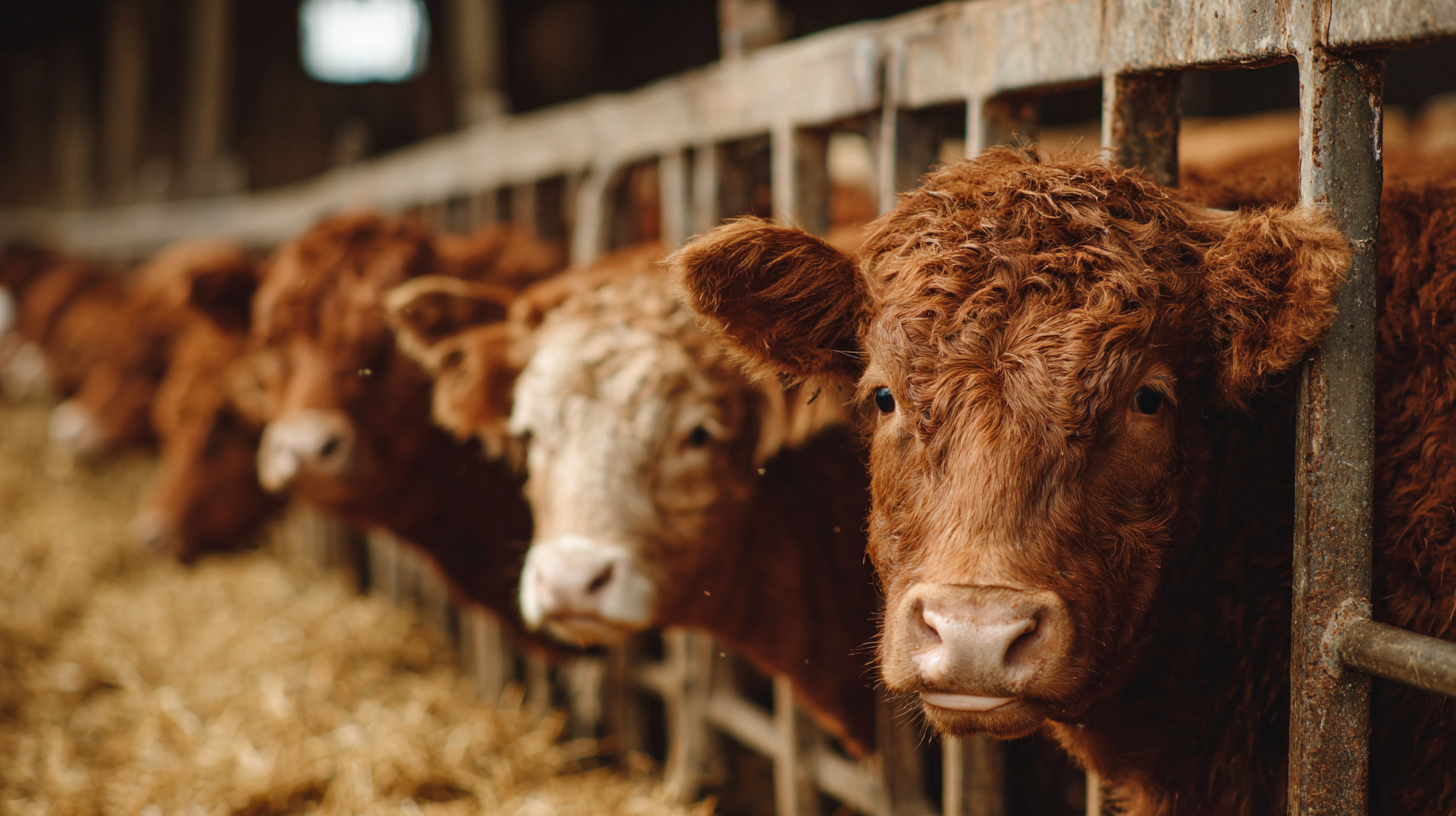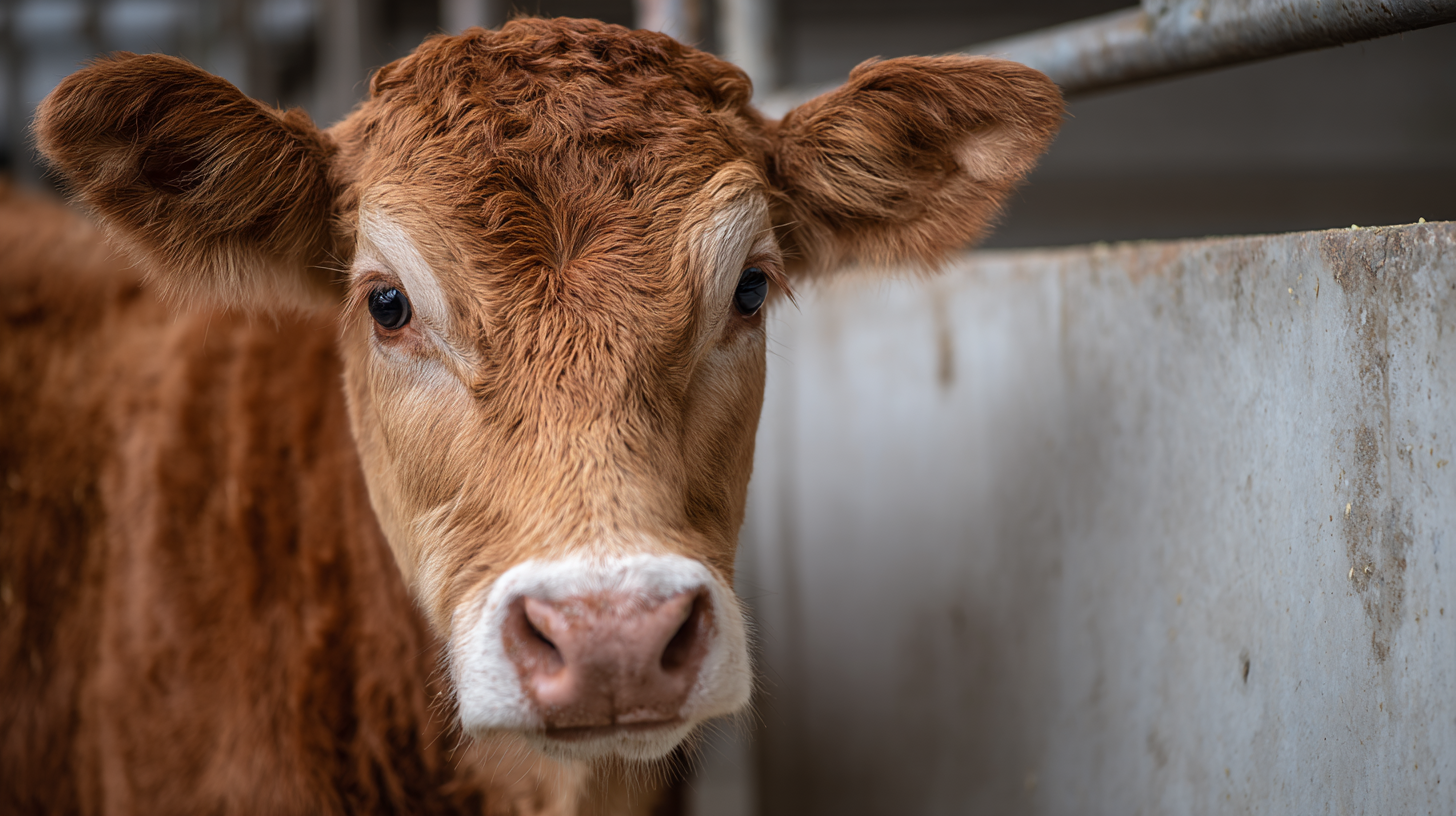In the ever-evolving landscape of livestock farming, maintaining the health and welfare of cattle is paramount. One critical aspect often overlooked is the role of effective sanitation in cattle sheds. The utilization of a suitable cattle shed disinfectant not only curtails the spread of diseases but also significantly enhances overall farm health. In this blog, we will explore the top strategies employed by successful farmers to select and implement powerful disinfectants tailored for cattle sheds. These proven methods not only ensure a cleaner environment for livestock but also contribute to increased productivity and profitability on the farm. By understanding the importance of incorporating the right disinfectants into your farming practice, you can safeguard your herd from harmful pathogens and create a healthier living space, ultimately leading to better outcomes for your agricultural endeavors.

Regular disinfection on farms is crucial to maintaining the health of cattle and preventing disease outbreaks. Research shows that over 75% of cattle farms have faced at least one disease outbreak in the past five years, leading to significant economic losses due to decreased productivity and increased veterinary costs. High populations of bacteria and viruses can thrive in cattle sheds, affecting not just the individual animals but the herd as a whole. Effective disinfectants play a vital role in controlling these pathogens and ensuring a healthier environment for livestock.
Moreover, statistics indicate that farms implementing regular disinfection protocols can reduce the incidence of diseases like bovine respiratory disease and mastitis by as much as 40%. By establishing a consistent cleaning schedule and using proven disinfectants, farmers can significantly mitigate the risk of outbreaks, ensuring not only the welfare of their cattle but also the sustainability of their operations. This underscores the importance of investing in high-quality disinfection solutions as a proactive measure in farm management.
In the realm of cattle farming, the importance of maintaining a clean and sanitary environment cannot be overstated. Disinfectants specifically designed for cattle sheds play a crucial role in preventing the spread of diseases. Key ingredients in these disinfectants include quaternary ammonium compounds, hydrogen peroxide, and organic acids, all of which have proven efficacy in eliminating harmful pathogens. Quaternary ammonium compounds, for instance, disrupt bacterial cell membranes, making them particularly effective against a broad spectrum of microorganisms.
Moreover, the use of these disinfectants ensures farm safety by minimizing residue and preventing chemical buildup that can harm livestock. Hydrogen peroxide acts as a powerful oxidizer that breaks down into harmless water and oxygen, while organic acids help to lower pH levels, creating an inhospitable environment for pathogens. Understanding the functions of these components not only enhances the efficacy of cleaning protocols but also promotes the overall health of the cattle, ultimately leading to a more productive farming operation. Regularly incorporating these disinfectants into farm management practices can lead to significant improvements in animal welfare and biosecurity.
The demand for effective disinfectants in the cattle farming industry is growing, driven by the need to maintain animal health and enhance overall farm productivity. According to the latest Animal Disinfectants Market Report, the global market size for animal disinfectants is set to reach approximately USD 3.56 billion in 2023, with an impressive projected CAGR of 7.50% from 2024 to 2030. This growth emphasizes the importance of selecting the right disinfectants, such as quaternary compounds, iodine, and hydrogen peroxide, to combat pathogens effectively and sustain livestock well-being.

Recent studies highlight notable advancements in disinfectant formulations, including sustainable options that leverage whey mineralizate and silver nanoparticles. These innovations not only comply with low toxicity requirements but also exhibit high antibacterial efficacy crucial for the dairy sector. Moreover, comparative analyses of disinfection methods reveal that ultraviolet light and chemical agents, when applied correctly, maintain material stability while significantly reducing bacterial populations. As farmers seek to optimize health protocols, understanding the strengths of various disinfectants will become essential for improving outcomes across the agricultural landscape.
Disinfection of cattle sheds is not just about cleanliness; it is a strategic investment in farm health with quantifiable economic benefits. According to a study by the American Association of Bovine Practitioners, effective disinfection can reduce disease incidence in livestock by up to 70%. This dramatic reduction in disease rates translates to lower veterinary costs and improved livestock productivity, ultimately saving farmers money. For instance, diseases like mastitis and foot-and-mouth can lead to significant financial losses, costing farmers anywhere from $200 to $300 per infected animal.
Tip: Use a comprehensive disinfectant plan that targets specific pathogens prevalent in your region. This can significantly enhance the effectiveness of your sanitation efforts.
Moreover, maintaining a consistently clean environment not only preserves animal health but also improves overall farm efficiency. According to the USDA, farms that implement regular disinfection protocols see a return on investment of 3-5 times their initial costs. Investing in high-quality disinfectants and training employees in proper usage can thus yield substantial savings in the long run.
Tip: Regularly review and update your disinfection protocols based on the latest research and emerging pathogens to ensure maximum efficacy.

Implementing a structured disinfection schedule is essential for maintaining optimal farm health and can significantly reduce the risk of disease outbreaks among cattle. By leveraging data-driven strategies, farmers can effectively plan their disinfection routines, ensuring that all areas of the cattle shed are routinely sanitized. This not only creates a healthier environment for the animals but also improves overall farm productivity. Consider collecting data on the incidence of diseases, weather patterns, and herd health to tailor a disinfection schedule that aligns with the specific needs of your farm.
Regularly assessing the effectiveness of your disinfection methods is just as crucial. Utilizing feedback from health metrics and disease incidence rates can inform necessary adjustments to your procedures. Establishing a disinfection protocol that includes both routine and as-needed cleaning sessions will enhance its effectiveness. Incorporating a variety of proven disinfectants can also help tackle different pathogens, further ensuring the well-being of your livestock. By committing to a data-driven approach, farmers can promote not only the immediate health of their cattle but also the long-term sustainability of their operations.
| Disinfection Method | Effectiveness (%) | Frequency of Use (Days) | Cost per Treatment ($) | Impact on Livestock Health (Score 1-10) |
|---|---|---|---|---|
| Quaternary Ammonium Compounds | 95 | 7 | 150 | 9 |
| Calcium Hypochlorite | 90 | 5 | 120 | 8 |
| Peracetic Acid | 98 | 10 | 200 | 10 |
| Hydrogen Peroxide | 85 | 6 | 140 | 7 |
| Sodium Hydroxide | 92 | 4 | 110 | 8 |
| Iodophors | 87 | 7 | 130 | 9 |
| Steam Cleaning | 80 | 3 | 250 | 6 |
